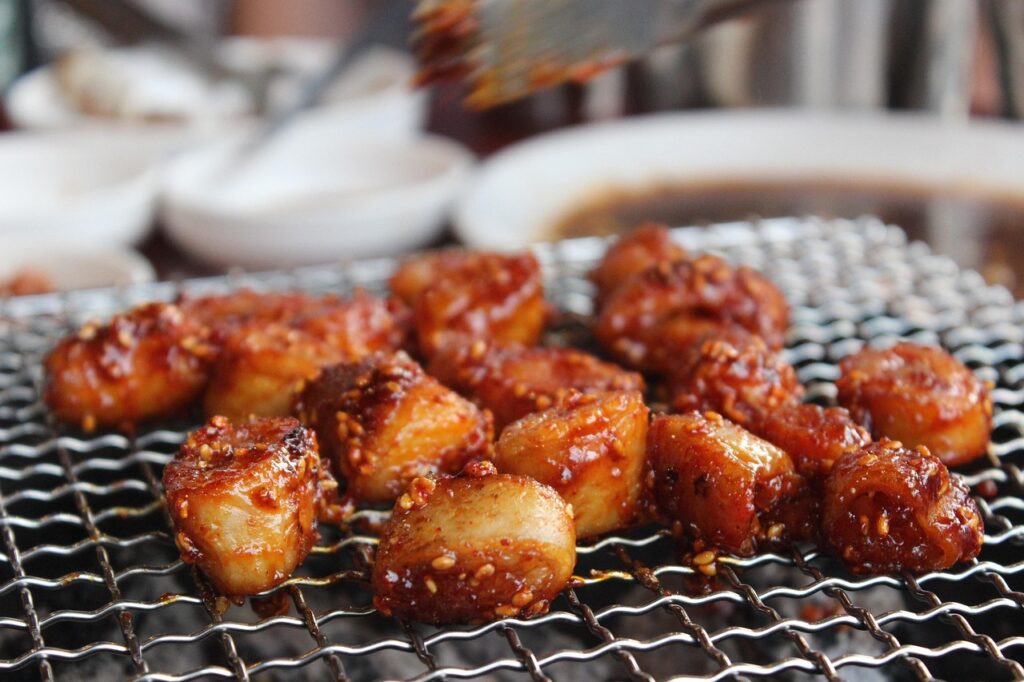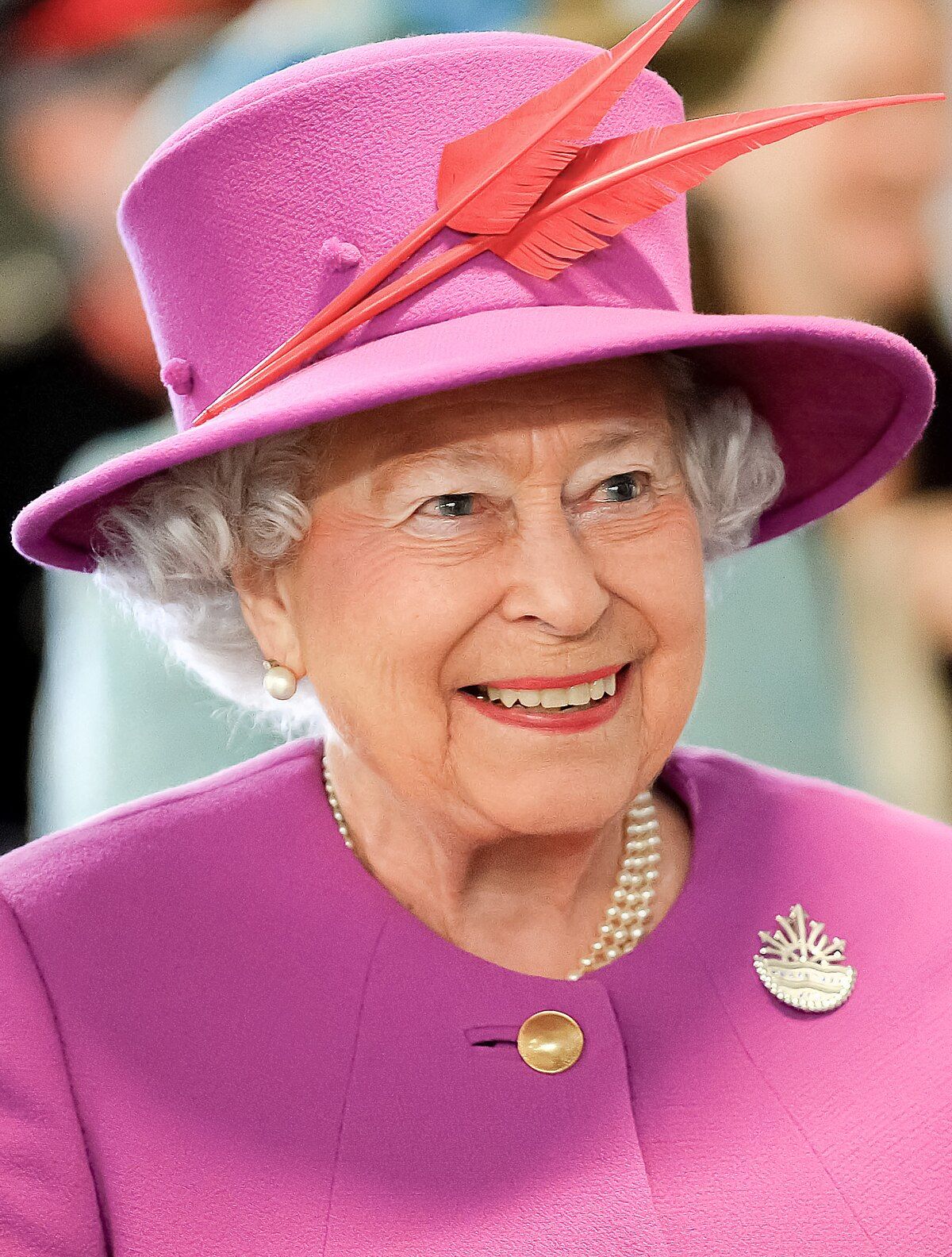
Queen Elizabeth II was a figure of immense public fascination, known globally for her unwavering sense of duty, her distinctive and colorful collection of coats, and her deep affection for her corgis. Yet, beyond these celebrated aspects of her public persona, a lesser-known characteristic pertained to her remarkably consistent and healthy eating habits, particularly concerning her midday meal routine. This steadfast approach to nutrition is often cited as a contributing factor to her remarkable longevity and sustained vigor well into her nineties.
Unlike many who view food as a primary source of pleasure, the late Queen adopted a pragmatic philosophy, famously eating to live rather than living to eat. This principle guided her dietary choices, leading her to favor a light, clean, and notably “simple” lunchtime fare. According to Darren McGrady, her former royal chef, she was not inherently a “foodie” but maintained exceptional discipline regarding her intake, which was instrumental in her overall health and physical condition.
This article delves into the precise elements of Queen Elizabeth II’s preferred lunch—a modest yet powerful two-ingredient meal—and explores the profound nutritional benefits that underpinned her active and demanding life as monarch. We uncover the details of this enduring dietary choice, reflecting on how such a simple approach could sustain a figure of such historical significance through decades of public service.
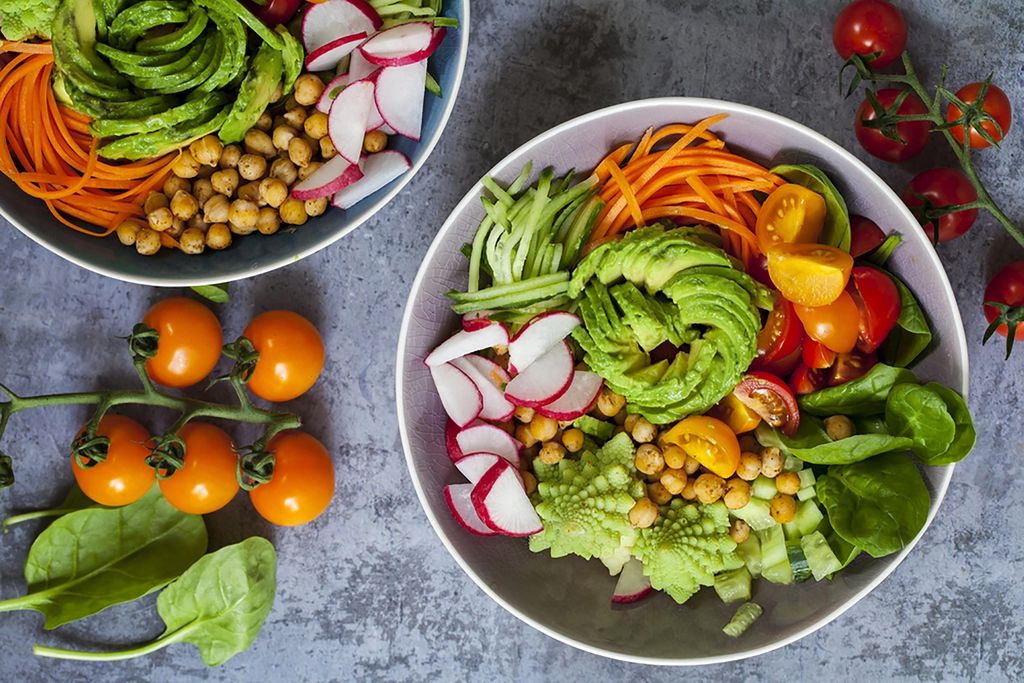
1. **The Queen’s Philosophy of “Eating to Live”**The late Queen Elizabeth II’s approach to food was notably pragmatic, characterized by a philosophy of “eating to live.” This meant her dietary choices were primarily driven by nutritional necessity and the need to sustain her demanding schedule, rather than by culinary indulgence or a desire for gastronomic exploration. Former royal chef Darren McGrady articulated this distinction clearly, stating that she was “very disciplined” about food and that “she eats to live, unlike Prince Philip who loves to eat and would stand and talk food all day.” This disciplined outlook ensured a consistent and healthful intake.
Her steadfastness in this regard extended to a preference for familiar dishes, rather than experimenting with new recipes. McGrady recounted that while Prince Philip eagerly sought out new culinary experiences and ingredients, the Queen would carefully review any new recipe before consenting to try it, often returning to her established favorites. This resistance to novelty underscored her functional view of food, prioritizing reliability and proven health benefits over adventurous eating, a trait that undoubtedly contributed to her consistent well-being.
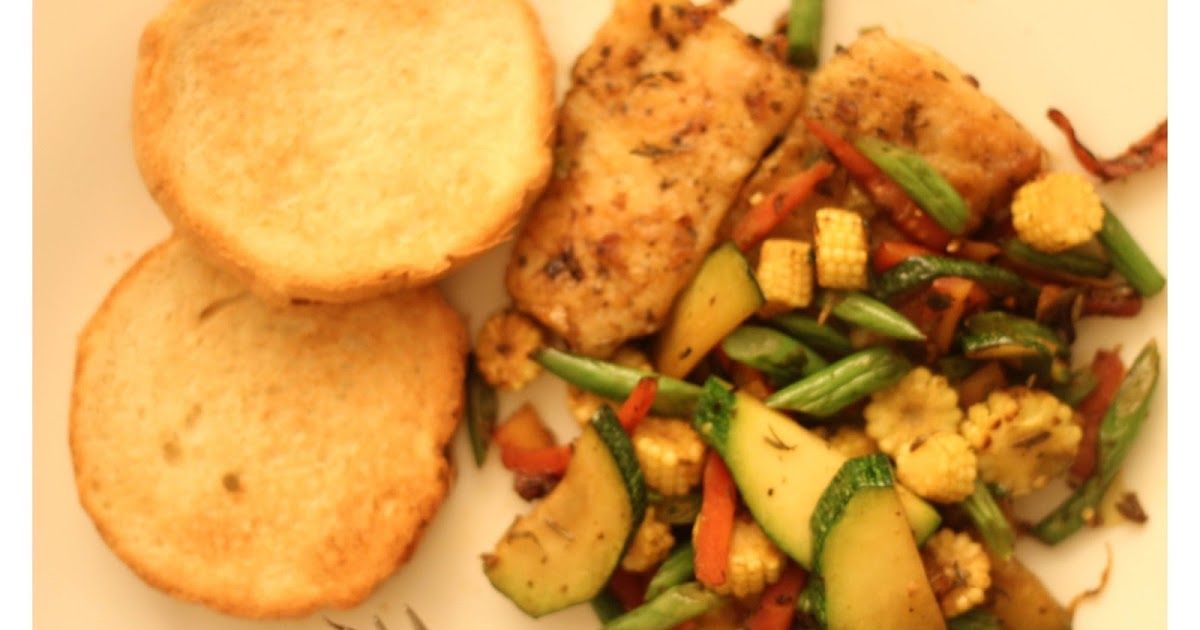
2. **The Cornerstone: Grilled Dover Sole**At the heart of Queen Elizabeth II’s simple, healthy lunch was grilled Dover sole, a choice that exemplifies her preference for lean protein and clean eating. This particular fish was a consistent fixture in her midday meals when she was not attending formal banquets or royal engagements. McGrady specified that a typical lunch would consist of “something simple, like fish with vegetables,” with grilled Dover sole being a prime example of her selection.
This lean protein source provided her with a steady supply of energy, crucial for someone managing a “very busy schedule,” without causing the heaviness often associated with richer meals. The choice of grilling as a preparation method further emphasized her commitment to a light and wholesome diet, avoiding additional fats and retaining the natural goodness of the fish. Dover sole’s inherent qualities made it an ideal foundation for a meal designed to sustain energy and promote health.
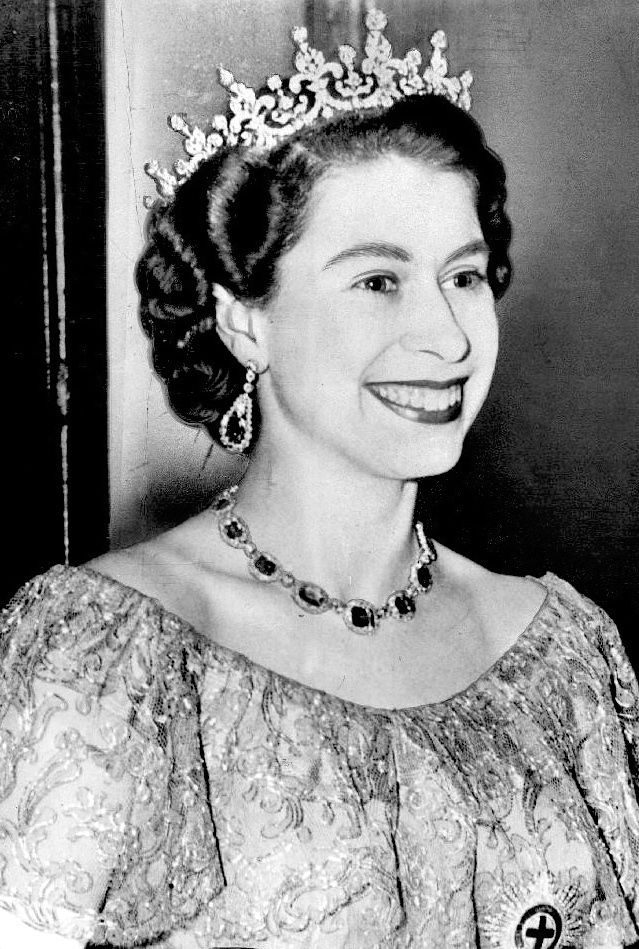
3. **The Complement: Wilted Spinach or Courgettes**Paired meticulously with her grilled Dover sole, Queen Elizabeth II consistently chose a bed of wilted spinach or courgettes (zucchini) as the complementary ingredient for her lunch. This combination was not merely a matter of taste but a deliberate choice to enhance the nutritional profile of her midday meal. These leafy greens provided essential vitamins and minerals, reinforcing the anti-inflammatory and health-promoting qualities of her diet.
The inclusion of either spinach or courgettes ensured a robust intake of vegetables, which are vital for overall health and contribute to feelings of satiety without adding excessive calories. The wilting process, often involving minimal preparation, aligned perfectly with her preference for simple, straightforward meals. This thoughtful pairing of lean protein with nutrient-dense greens created a balanced and highly beneficial lunch, reflective of a carefully considered approach to daily nutrition.
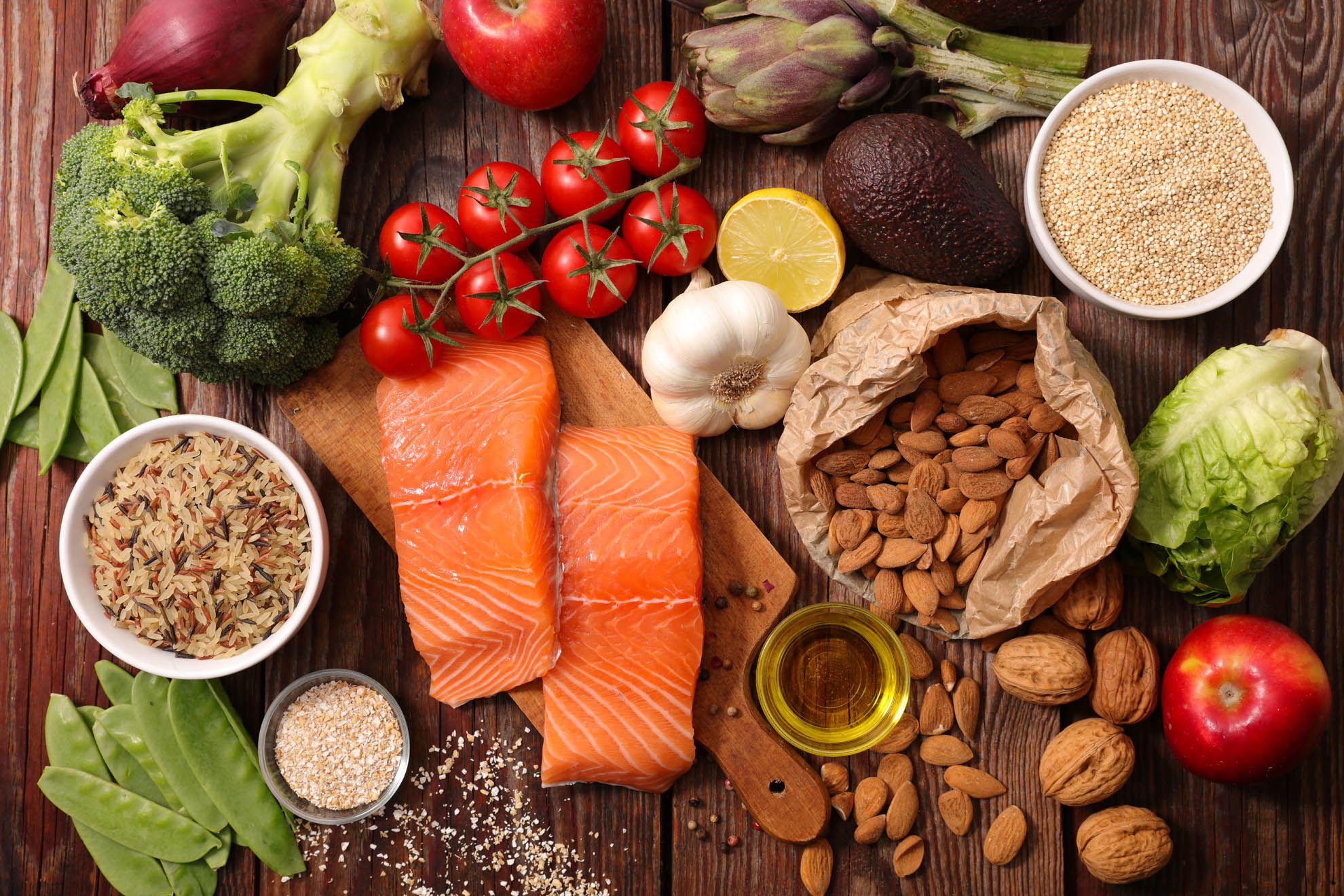
4. **Nutritional Powerhouse: Omega-3 Fatty Acids from Dover Sole**Grilled Dover sole, a staple in the Queen’s lunch, stands out not only as a lean protein but also as a significant source of omega-3 fatty acids. These essential fats are widely recognized for their profound health benefits, particularly for the cardiovascular system and skin. According to WebMD, the omega-3s found in Dover sole are known to support heart health, contributing to a robust and well-functioning circulatory system, and also promote glowing skin, a visible indicator of internal well-being.
Expert nutritionist Dominique Ludwig, an alumna of King’s College London, has further underscored the critical importance of omega-3 fats derived from fish for maintaining both brain and heart health. Research from Cornell University and the New York Sea Grant Extension Program highlights their crucial role in reducing blood pressure, heart rate, and the risk of arrhythmias. This scientific backing reinforces the wisdom of the Queen’s dietary choice, revealing how her simple lunch was, in fact, a sophisticated nutritional strategy to safeguard her long-term health and vitality.
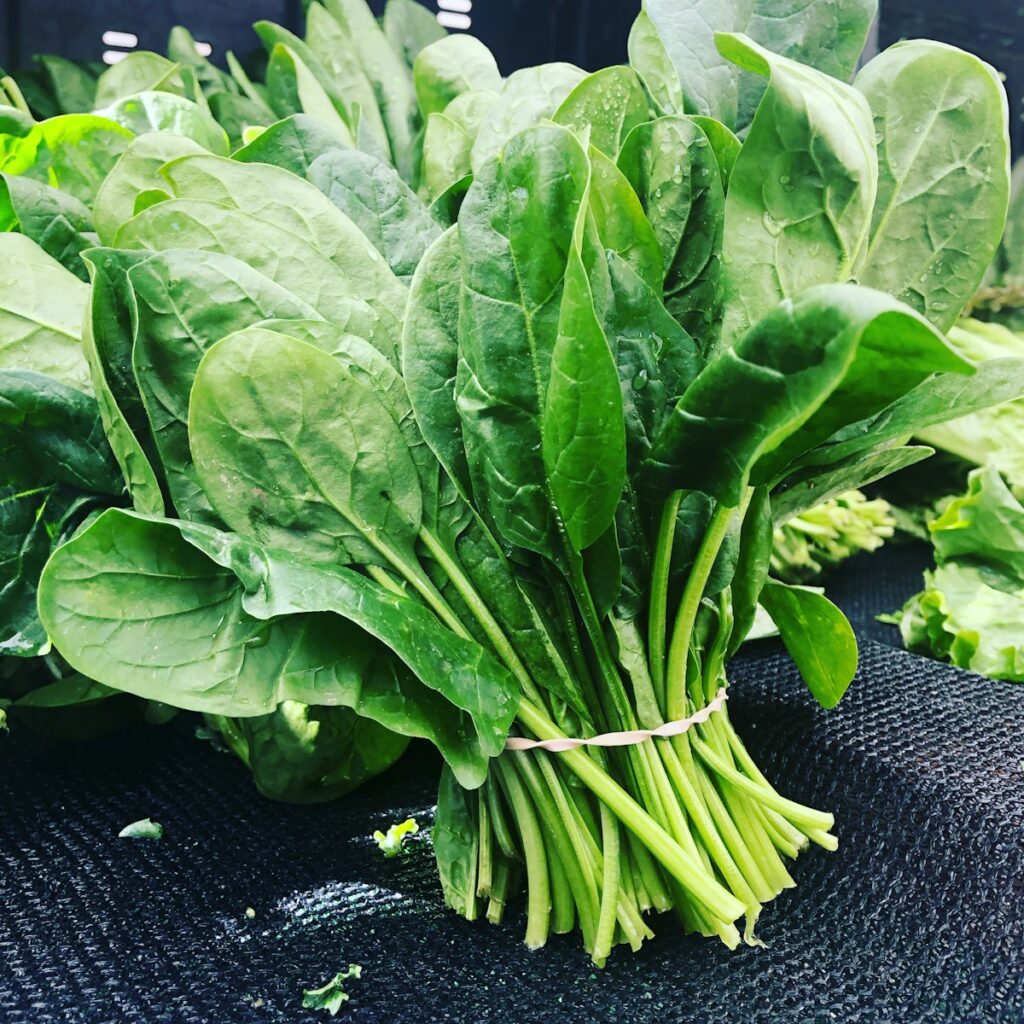
5. **The Green Advantage: Spinach’s Abundance of Vitamins and Minerals**The second vital component of the Queen’s lunchtime meal, spinach, is lauded as a nutrient-rich superfood, contributing significantly to her healthy diet. This leafy green is packed with an impressive array of vitamins and minerals, making it a cornerstone of anti-inflammatory and health-supporting nutrition. Spinach contains magnesium, folate, vitamin A, beta carotene, and zeaxanthin, all of which play crucial roles in bodily functions and cellular health.
Beyond these, Surrey Live reports that spinach is also abundant in vitamin K, which is essential for bone health and blood clotting, and vitamin A, vital for vision and immune function. The comprehensive nutritional profile of spinach meant that with every lunch, the Queen was receiving a powerful boost of micronutrients. This made her simple meal far more than just sustenance; it was a strategic intake of vital elements necessary for maintaining robust health and warding off various ailments.

6. **An Anti-Inflammatory and Energy-Boosting Combination**The thoughtful combination of grilled Dover sole with wilted spinach or courgettes created a lunch that was both anti-inflammatory and highly effective in providing sustained energy. This type of meal, rich in lean protein and leafy greens, offered a steady source of energy throughout the day without the post-meal sluggishness often associated with heavier, carb-laden options. This was an essential consideration for Queen Elizabeth II, given her consistently demanding schedule and the need to remain alert and focused for hours on end.
The synergy between the omega-3 fatty acids in the sole and the diverse vitamins and minerals in the spinach or courgettes contributes to significant anti-inflammatory benefits. Chronic inflammation is a known precursor to many age-related diseases, and a diet rich in these components can help mitigate it. Thus, her simple lunch served as a protective measure, actively supporting her health and enabling her to carry out her extensive royal duties with consistent vigor and mental clarity.

7. **The “No Starch” Rule: Extending Her Simple Diet Principles**Queen Elizabeth II’s dietary discipline extended beyond her lunchtime choices, incorporating a stringent “no starch” rule for her evening meals, particularly when dining alone. This further underscored her commitment to a diet focused on lean protein and vegetables, avoiding the heavier, carb-rich foods that could lead to fatigue or weight gain. McGrady shared this insight with the Telegraph, stating that for dinner when the late Queen ate by herself, the rule was clear: “No potatoes, rice or pasta for dinner. Just usually something like grilled sole with vegetables and salad.”
This consistent avoidance of starchy carbohydrates for dinner reinforced the clean-eating principles that characterized her diet. It ensured that her body was not burdened with excess sugars or complex carbohydrates, allowing for optimal digestion and sustained energy without significant fluctuations. This discipline across her main meals highlights a comprehensive and well-thought-out approach to nutrition, proving that her healthy habits were not confined to a single meal but were an integral part of her daily routine.
8. **Deeper Dive into Dover Sole’s Micronutrients**Beyond its renowned omega-3 content, grilled Dover sole, a centerpiece of the Queen’s lunch, offers a broader spectrum of vital micronutrients that contributed significantly to her sustained health. This lean flatfish is particularly rich in essential vitamins such as D and B-12, crucial for bone health, immune function, and nerve health. These vitamins play a pivotal role in maintaining overall bodily vigor, especially important for an individual with the Queen’s demanding public schedule who needed to remain robust well into her nineties.
The Nutrition And You website commendably notes Dover sole as one of the most calorie-efficient flatfish available, hailing it as an “excellent” source of essential fatty acids. Research from the GISSI Prevention Trial further reinforces the profound impact of including omega-3 fatty acids in an adult’s daily diet. This research indicates a significant reduction in the likelihood of experiencing recurrent heart attacks, strokes, or sudden death, underscoring the sophisticated preventative health strategy embedded within the Queen’s simple meal choice.
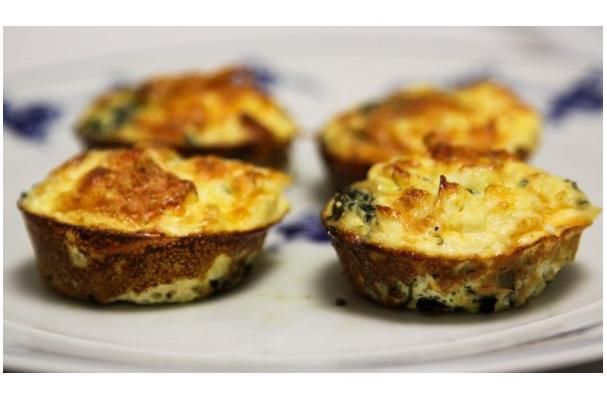
9. **The Unexpected Nutritional Power of Frozen Spinach**While fresh produce often carries a perception of superior nutritional value, the Queen’s favored spinach, particularly when frozen, presents a compelling counter-narrative supported by scientific insight. The BBC, in its comprehensive list of the world’s top 100 healthiest foods, impressively ranked frozen spinach at number 24. This high ranking is not merely incidental; the freezing process itself plays a crucial role in nutrient preservation.
Contrary to popular belief, nutrients in fresh spinach can diminish considerably during transportation and storage. A study from Pennsylvania State University found evidence of this decline, while another revealed that spinach can lose up to 75% of its vitamin C within just a week of being picked. Freezing spinach soon after harvest effectively locks in its valuable nutrients—magnesium, folate, vitamin A, beta carotene, and zeaxanthin—ensuring that the Queen’s consistent intake provided a robust and reliable supply of these essential health-promoting compounds.
Read more about: Fuel Your Day: 12 Deliciously Healthy Sandwiches and Wraps for Work and School
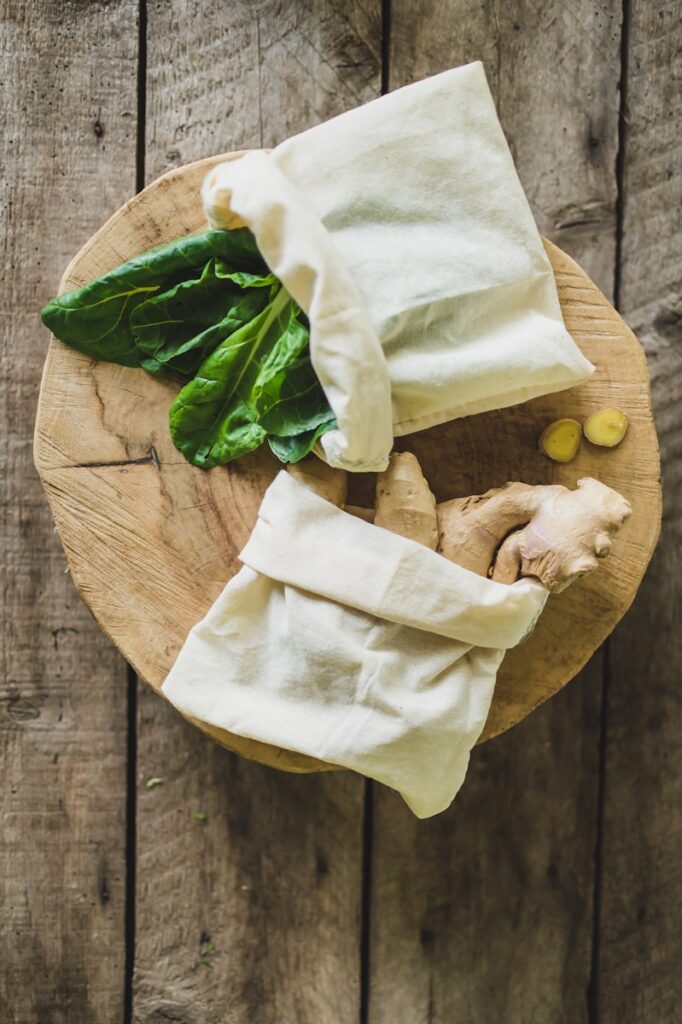
10. **Expert Endorsement for Frozen Foods: Challenging Perceptions**The practice of utilizing frozen produce, such as the Queen’s choice of spinach, has received notable endorsement from health experts, challenging common misconceptions about its quality. Tim Spector, a distinguished professor of genetic epidemiology at King’s College London and co-founder of the health app Zoe, has openly advised his Instagram followers against being “snobs” when it comes to frozen food. He posits that the freezing process and the methods of packaging are highly effective in preserving nutritional integrity.
Professor Spector further elaborated on this point, explaining that for an item like frozen spinach, the nutrients are “perfectly preserved,” meaning there is no loss compared to buying the fresh product. This expert perspective validates the Queen’s pragmatic dietary choice, highlighting that convenience and extended shelf life do not necessarily come at the expense of nutritional value. Indeed, in many instances, as with spinach, freezing can be the more nutritionally advantageous option, securing health benefits that might otherwise be compromised.
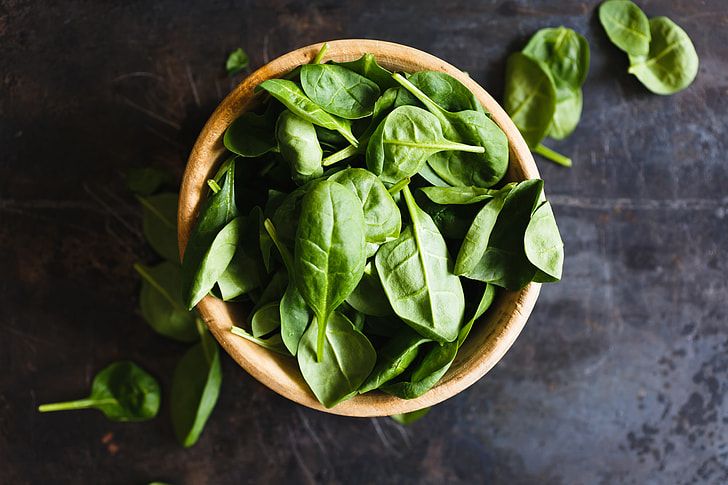
11. **Practical Integration: Making cc a Daily Staple**Beyond its royal endorsement, spinach’s versatility and nutritional density make it an ideal candidate for effortless incorporation into any daily diet, a testament to its widespread appeal and health benefits. Lifestyle expert Martha Stewart highlights just how simple it is to add this leafy green to meals; it can be thawed overnight or quickly integrated into a variety of dishes, from pasta and curries to omelettes and smoothies.
The mild flavor profile of spinach allows it to blend seamlessly into diverse culinary creations without overpowering other ingredients, while simultaneously boosting their nutritional value. Furthermore, frozen spinach offers practical advantages beyond its nutrient retention. It is often more economical than its fresh counterpart and boasts a significantly longer shelf life, making it a cost-effective and convenient healthy choice. Whether as a simple cube added to a frittata or quiche, its integration is a straightforward step towards a healthier lifestyle.
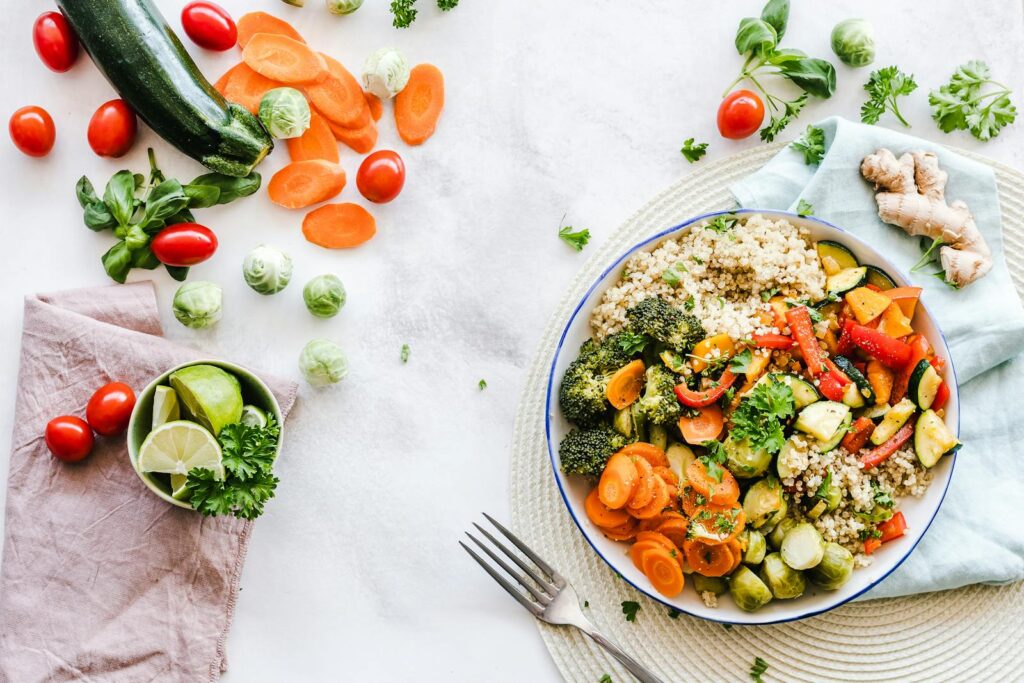
12. **Beyond Lunch: The Queen’s Dinner Preferences**While her midday meal was consistently light and structured, Queen Elizabeth II’s dinner preferences, particularly when dining privately, provided further insight into her well-considered dietary patterns. Former royal chef Darren McGrady revealed that during his four-year tenure at Kensington Palace, he observed the Queen’s fondness for specific evening dishes. A notable favorite was fillet steak, often prepared with a rich mushroom whiskey sauce.
This preference for a more substantial protein, especially when paired with venison, offered a contrast to her simple lunch, yet still aligned with her overall principles of clean eating and portion control. It showcased that while discipline was paramount, her diet was not devoid of flavor or variety, allowing for certain indulgences within a controlled framework. This balance was key to sustaining her energy and well-being through extensive royal duties.
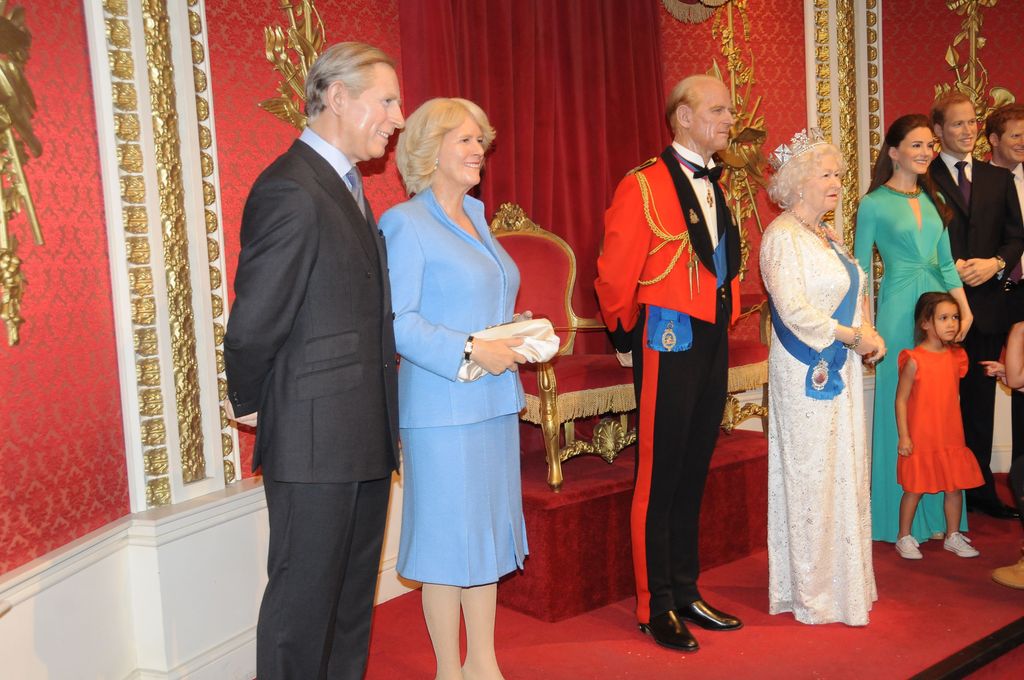
13. **The Broader Royal Contrast: Prince Philip and King Charles III**The Queen’s disciplined approach to eating stood in notable contrast to the dietary habits of other prominent members of the royal family, illustrating her unique philosophy. Prince Philip, for instance, was famously depicted as a “foodie” by McGrady, someone who “loves to eat and would stand and talk food all day” and “want to try any new dishes all the time.” This adventurous culinary spirit was distinct from the Queen’s preference for consistency and familiar, proven healthy options.
King Charles III, while having inherited his mother’s passion for healthy dining, has his own distinct patterns. Notably, the King famously skipped lunch for years, a practice that only changed following his 2024 cancer diagnosis, when Queen Camilla encouraged him to eat. The Mail on Sunday reported that he now “grudgingly” consumes half an avocado “on the orders of his wife, aides and doctors” to maintain his strength. This modern royal adjustment highlights the continuing evolution of healthy eating within the family, yet underscores the Queen’s remarkable lifelong consistency.
14. **The Queen’s Rare Indulgences and Simple Pleasures**Despite her generally austere and disciplined dietary regimen, Queen Elizabeth II was not entirely immune to occasional culinary desires, revealing a relatable human side to her eating habits. While she largely eschewed fast food, she did reportedly have an “occasional hankering for a kebab or a spot of fish and chips.” These rare deviations from her strict routine offered a glimpse into her personal, less formal preferences.
When a hamburger was desired, it was never a conventional Big Mac; rather, it was a venison patty served with knives and forks and notably without a bun. Her scrambled eggs, a special treat, were prepared with two distinctive ingredients: nutmeg and lemon zest. Her most consistent indulgence, however, was chocolate—a vice many can understand and appreciate. These small, infrequent pleasures provided a counterpoint to her otherwise rigorously healthy diet.
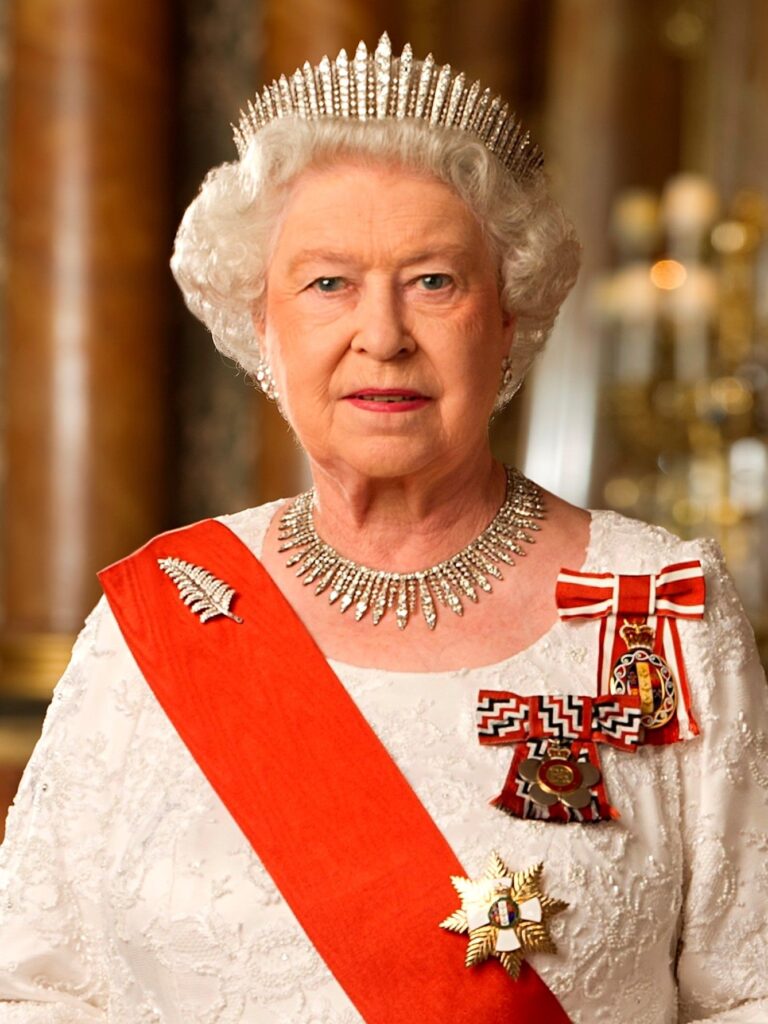
15. **The Enduring Legacy of Her Healthy Habits**Queen Elizabeth II’s unwavering commitment to a simple, clean, and nutritious diet, epitomized by her consistent two-ingredient lunch, stands as a powerful testament to the enduring impact of healthy eating choices on longevity and vitality. Her pragmatic philosophy of “eating to live” served not only as a personal guideline but also as a quiet, yet profound, blueprint for sustaining health through decades of public service and into her remarkable nineties.
Read more about: Barbara Eden at 94: A Radiant ‘I Dream of Jeannie’ Icon Steps Out and Shares Her Secrets to a Spellbinding Life
The conscious choice of nutrient-dense foods like grilled Dover sole and spinach, coupled with disciplines like the “no starch” rule, contributed significantly to her “radiant and vigorous appearance throughout her 90s.” Her dietary habits were not about fleeting trends but about foundational principles that offered steady energy and robust health. In an era often dominated by fleeting health fads, the Queen’s simple, consistent approach offers an invaluable and timeless lesson in sensible, sustainable well-being.

